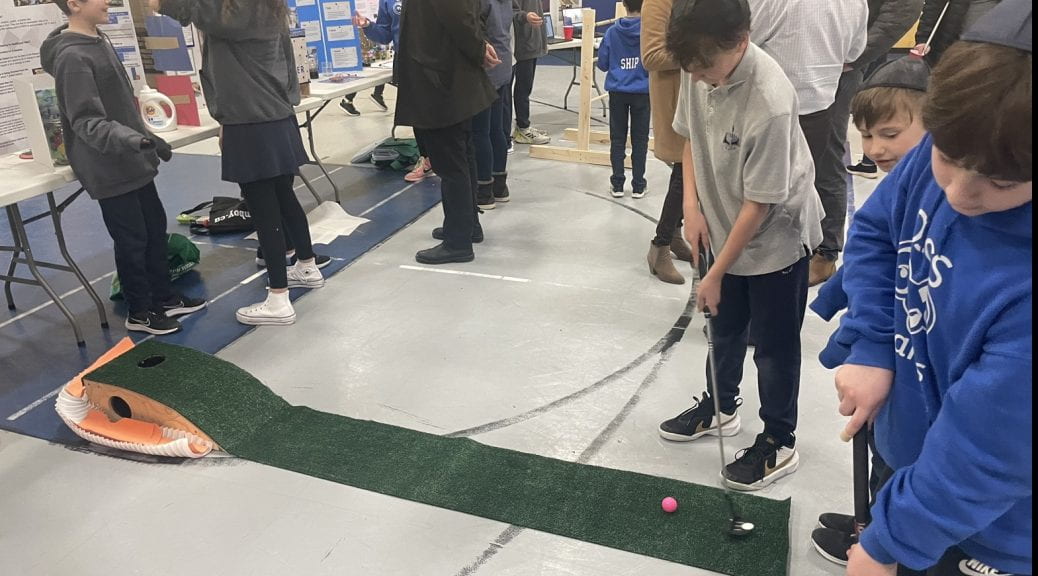
Science, Phys. Ed., and The Design Process
We often say that doing something with a machine requires less work. In this design competition, grade 8 students were challenged to help upgrade the gymnasium and physical education programming here at OJCS. Using their knowledge of simple machines, they had to use the design thinking process to design, test, and build a simple machine prototype that enhances our physical education curriculum. Physical education equipment is expensive and gets used up with frequent use. PE is a favourite class for many OJCS students and anything we could do to help upgrade the gymnasium’s physical space or by providing more games and equipment would benefit the school and student Ruach.
What is the Design Thinking Process?
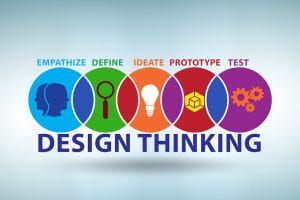
The 5 steps in Design Thinking (link)
- EMPATHY – Display an understanding of the problem you are solving by gaining real insight into the needs of the end-users (the OJCS students)
- DEFINE – Identify a key area that a product can solve and provide focused research that helps provide a solution to a specific goal (Research of Simple Machines)
- IDEATE – brainstorm a variety of solutions to the problem (Documentation of all ideas)
- PROTOTYPE – create a model based on rough drafts or blueprints (The physical build!)
- TEST – the prototype is shared with others for feedback (Documented feedback)
How did they do it?
Students had to decide what to build, connect our simple machines learning from Science class as part of their research, and create a plan for their prototype. They then had to determine what materials they needed next by searching through Home Depot’s website and placing their order with their teacher. And then, the fun part…
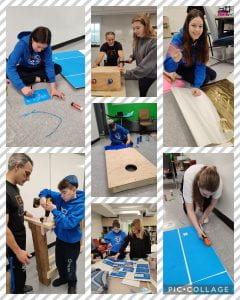
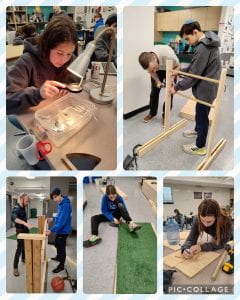
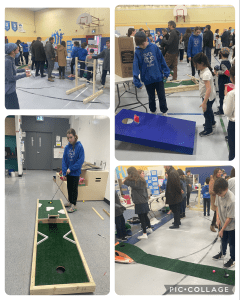
Not only did the grade 8’s successfully link the Science and PE curriculum using the Makerspace to improve the PE department, but it also connected our OJCS students in the process. On Innovation Day they wowed the judges, parents, teachers, and definitely their younger peers, who were enthusiastically asking when they would get the chance to participate in the Simple Machines Project. The grade 8’s should be proud of the legacy they are leaving behind and for starting something new for younger grades to further innovate.